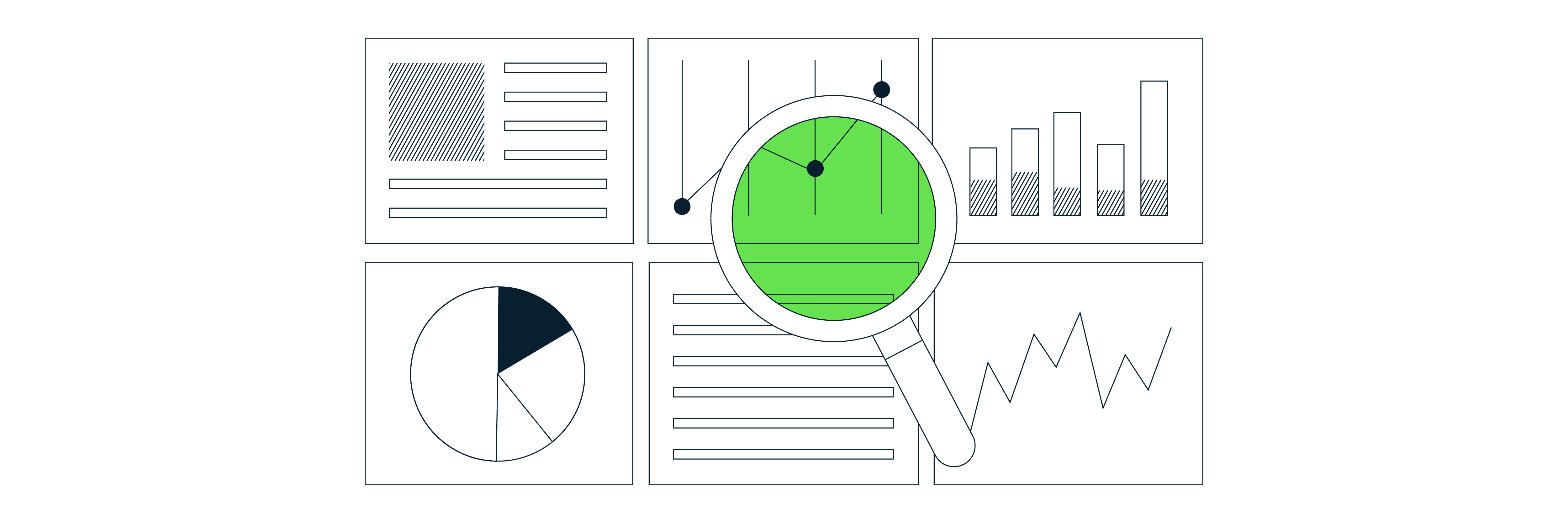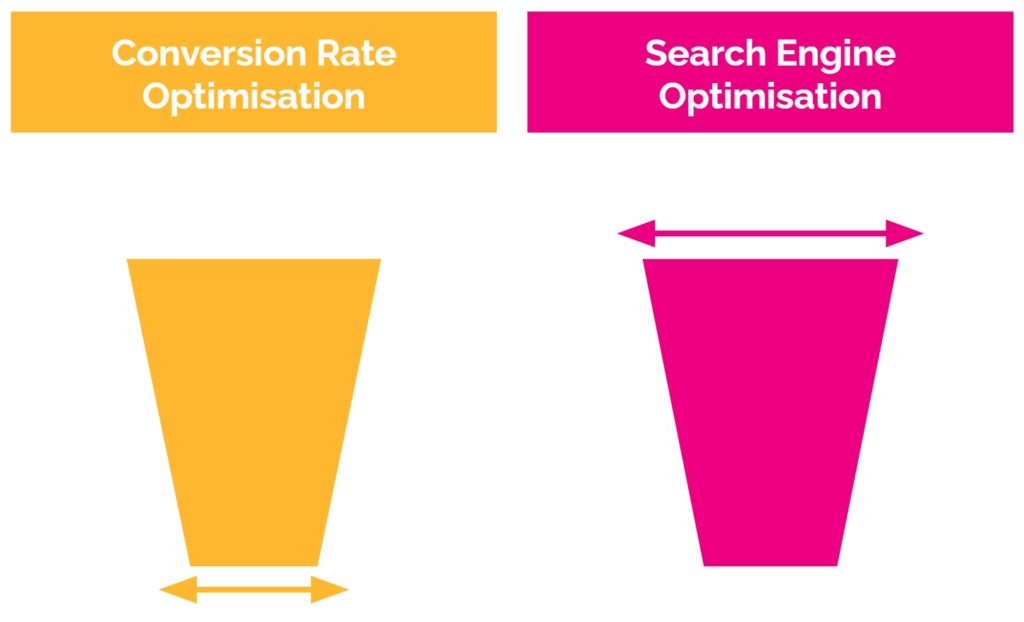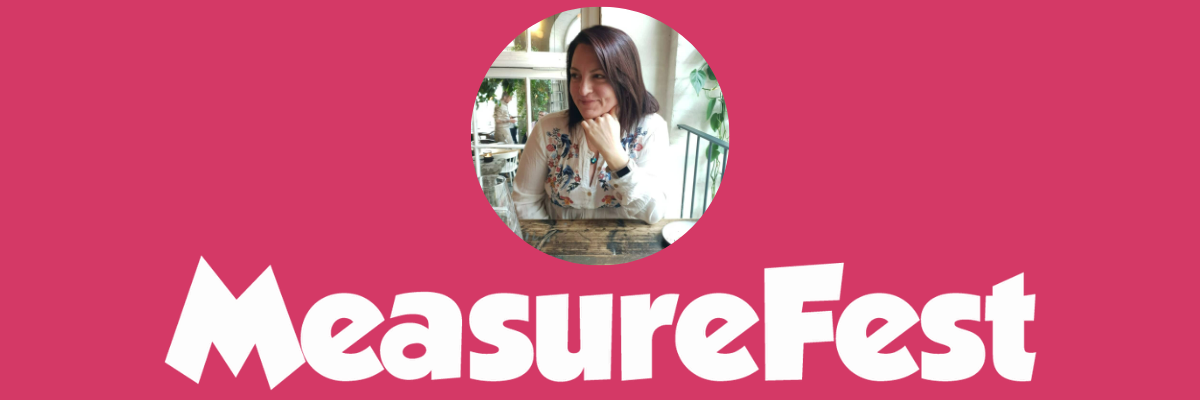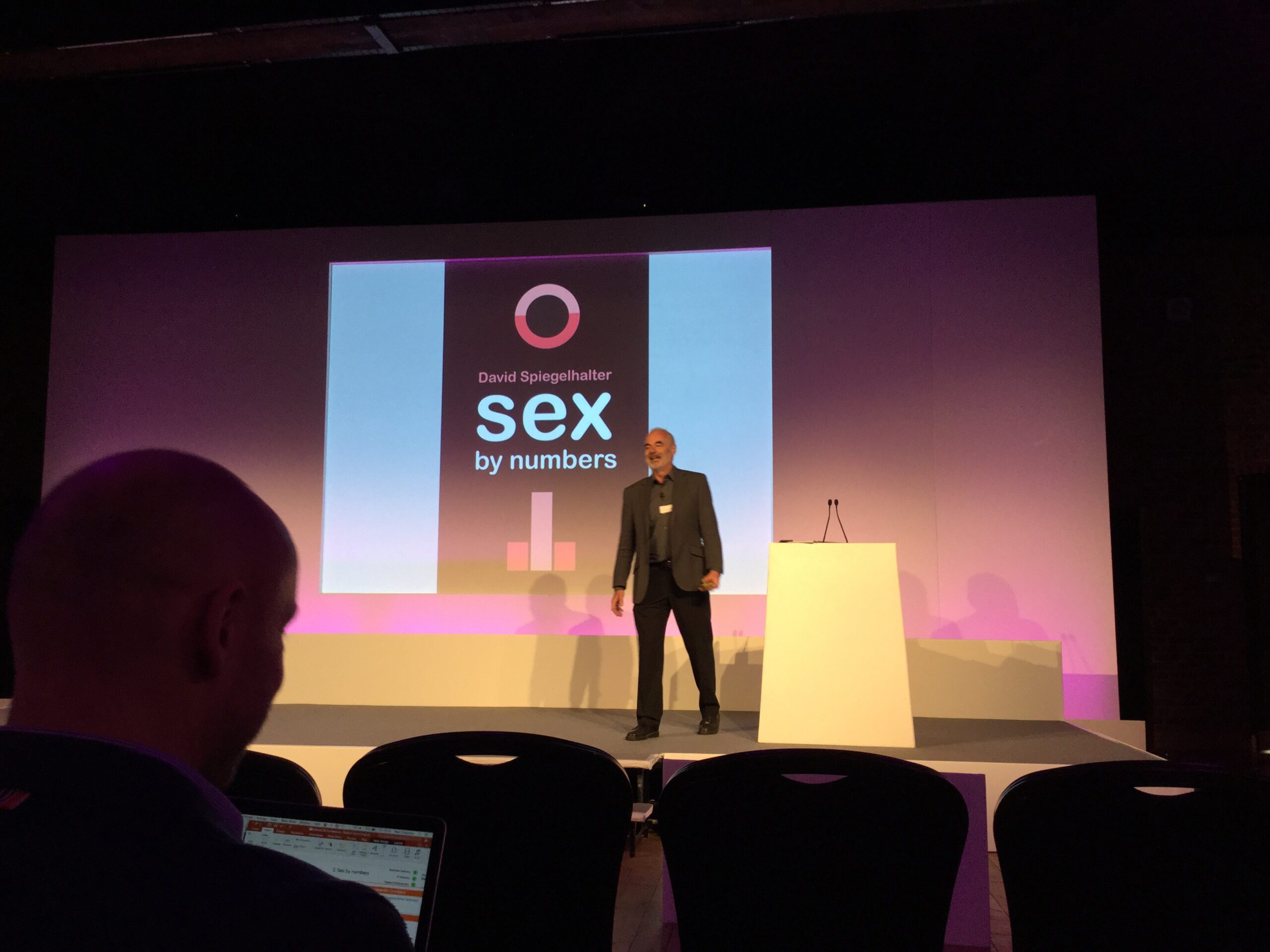brightonSEO and MeasureFest April 2022: our favourite talks

In April 2022, a few Measurelabbers got together for three days to attend brightonSEO and MeasureFest (an analytics-themed fringe event). After the three days, we all got together to discuss our favourite stand-out talks of the event on The Measure Pod podcast which you can listen to below.
This post is a more detailed and considered review of each of our favourite picks from the event.
Automate the technical SEO stuff
Talk by Michael Van Den Reym from IO.
Chosen and written by Matthew Hooson.
While not aimed squarely at someone in my line of work, the recent brightonSEO conference did offer up a few gems. One of those gems, a talk by Michael Van Den Reym, reignited in me a hatred for repetition and inspired me to work on my own project which I will detail in another blog in the near future. The title and content of Michael’s talk “Automate the technical SEO stuff” were inspired by the famous book on automation “Automate the boring stuff with python” which is available for free right here.
So what kinds of tasks are crying out for some sort of automation? Simply put, repetitive well defined tasks are the perfect candidates. These are the kinds of efforts programmatic approaches are fantastic at and they are also the kinds of problems that gobble up most of our time and bore us to tears. Michael argues that by removing these low cognitive tasks from our workload, we free ourselves up for more complex problem solving and creative thinking. We can think of it as making ourselves superhuman. By augmenting our workflow with automation, we become much more efficient in all aspects of our day-to-day work.
A couple of projects Michael detailed in his talk stood out to me as examples of how powerful automation can be. Firstly, Michael used Robotic Process Automation (RPA) and some interesting python libraries to update meta descriptions on specified pages. He used selenium, a popular web driver tool used for web UI automation, to visit URLs defined in a list, log into the page, and update meta descriptions. In another example, Michael used screaming frog, the page speed insights API, and a python library called pillow to create a list of pages that contained oversized images. His script then automatically resizes them to remove any wasted bytes and replace the images on the site with the newly resized copies. He was then able to demonstrate, with data, how much this automation project had improved page speeds and even how these improvements had led to a gigantic leap in page impressions.
As I mentioned earlier, I do not work in SEO, but it does not take much to imagine the kinds of tasks and improvements that could be made to anyone’s workflow. Our brains are too good at problem-solving and creative thinking to be tasked with trudging through the repetitive and mundane. So go forth and automate!
Lessons from hundreds of SEO A/B tests
Talk by Will Critchlow from SearchPilot.
Chosen and written by Daniel Perry-Reed.
I went into this talk thinking that I knew what A/B tests are, and that I had a good grasp on A/B testing practices in general. That’s what drew me to this talk in the first place. I was wrong, this talk was on SEO A/B testing, not CRO A/B testing – very different in fact!
Firstly, this talk was great, and Will is a great presenter. He explained complex things easily and in a way everyone could engage with and follow.
The key point I took away from this talk was that the main difference between SEO and CRO A/B testing is that SEO testing is all about widening the top of the funnel, whereas CRO testing is about widening the bottom of the funnel.

I pulled the image above from the deck Will presented. The full deck goes through a number of great examples as well as a few ‘who wants to be a millionaire?’ style questions that were fun. I think I got one of the three right in all honesty.
The last interesting part of the talk that I will mention was that an interesting result he found when testing reordering the HTML code of a page that didn’t change anything visual at all (slide 40 of his deck if you’re interested). They noticed an improvement on the SERPs (search engine results pages) even though the page was exactly the same to the naked eye.
A theory is that Google and the other search engines are rewarding well maintained pages. So any change to a page, even if not visual, is a signal that you’re keeping it fresh and updated in some way. That’s the idea at least.
Stat packages: the secret recipe to getting SEO implemented
Talk by Harry Sumner from iCrossing.
Chosen and written by Liam Grant.
At the start of April 2022, a small contingent of Measurelabbers attended MeasureFest, the more analytics heavy conference, at which Daniel Perry Reed talked on the Google Analytics Multiverse and the shift to Google Analytics 4, a great presentation on both the history and the future of the Google Analytics stack as well as a selection of great talks throughout the day and a diverse Q+A period to cap off the well ran event.
We all stuck around for the Main event brightonSEO in search of any talks that were inspirational, and Harry Sumner’s talk Stat packages: the secret recipe to getting SEO implemented was to me a real stand out. A combination of how best to leverage machine learning models, how to gain confidence with ML practices and to me was a real show of how to start to implement machine learning and deep learning into your business.
One of the biggest challenges with machine learning is showing value to clients or internal stakeholders. By using machine learning instead as a device to already show impact or drive already established business needs (such as forecasting), you can show the power of machine learning within a more easier to understand business context.
Meta’s Prophet is a forecasting procedure that leverages a trained neural net that is especially good at looking at time series that have strong seasonal effects. Luckily for us working in analytics, forecasting is an understandable topic, and makes a great jumping in point to using statistical packages.
The simplistic approach to using Prophet means that we can already start building robust forecasting models with a couple simple lines of Python. Within a couple of minutes, and a clean CSV, you can have your yearly forecasting done and probably better than what most can do in Excel!
The other mentioned pack was CausalImpact from Google – originally an R package, and also turned into a Python package too. CasualImpact is used to “estimate the causal effect of a designed intervention on a time series”. Any changes can then be reviewed to see if they caused statistical impact to a key metric. In essence, this allows us to change that gut feeling or the small peaks that could indicate positive or negative change to a statistically significant figure, and be able to back up our changes with data. This of course is especially useful for SEO, but could be leveraged in any changes to a website or app.
Both of the packages are easy to start and are supported with great documentation that allows nearly out-of-the-box usage with simply understanding a small amount of Python. And Harry’s talk certainly got the cogs turning in my head!
How they teach you to be creative at Google
Chosen and written by Dara Fitzgerald.
I knew the others from Measurelab would get more from the technical talks so my pick was about creativity and it was presented by Max Hoppy from Bind: The title of his talk was How they teach you to be creative at Google and as the name suggests this was about Max’s time working at Google and specifically about a creativity workshop he attended there. Simplicity can too often be seen as a negative, with the misbelief that complex is naturally superior. What I liked most about Max’s presentation was that the key takeaways were all things you feel are obvious once you hear them. But something being obvious doesn’t guarantee it makes it into our daily behaviour.
Takeaway #1: Environment is fundamental to creativity. Max kicked things off with the results from a survey that asked people where they have their most creative thoughts. Top of the list was exercise, and I can certainly relate to this. I often go for a run in the middle of the working day and this allows me to work through problems and consider different angles. By the time I’m back home and at my desk again, I feel more relaxed, focussed and have better clarity of thought. The point here is about breaking out of a rut if you’re stuck on something. Take a break from it and get a change of scenery. This seems so obvious but how often do we keep trying to force a solution in the moment, rather than simply stepping away and getting some perspective?
Takeaway #2: Environment is not enough. We also need stimulus. To find this stimulus, Max suggested we use the 3 Rs.
- Related worlds: Very few problems are truly unique and looking to other industries, domains, disciplines, etc. can be hugely insightful. His example was Speedo basing new swimwear technology on the biology of shark skin. Not your everyday example but the point is someone/something probably has a transferable solution already out there so look outside your own bubble.
- Revolution: List out all the rules that exist around the problem you’re facing. Then pick just one and break it. His example was KPMG making their office receptions stand out more from the other big consulting firms by laying out copies of the Beano instead of the FT.
- Random links: Think of a completely random object, word, place, etc. Then think really hard about your problem and force a connection between the two. His example was a big U.S electronics retailer (Abt), who themed their giant showroom to look like a Las Vegas hotel (about a million people visit this every year).
Takeaway #3: The Golden Rule. This was my favourite and a real lightbulb moment for me. For ideas to come to life, 2 types of thinking are required: expansive and reductive. And they don’t mix. This again seems so obvious but it’s human nature to try and jump straight to defining and implementing solutions as soon as possible. How many meetings have you been in where the group tries to define the problem, think of all possible solutions, pick the best option and make a plan to implement it, all in the one discussion? This simply dilutes each key type of thinking. The expansive thinking needs to be a free-flowing, all-ideas-welcome kind of session – and ideally with more people in it. Then an entirely separate reductive session can be held later, with fewer people, and the focus here is on idea selection and planning.
Daniel Perry-Reed
Subscribe to our newsletter:
Further reading

MeasureFest October 2022: Why GA4 means you need to get on board with BigQuery

MeasureCamp London 2022: our best bits
